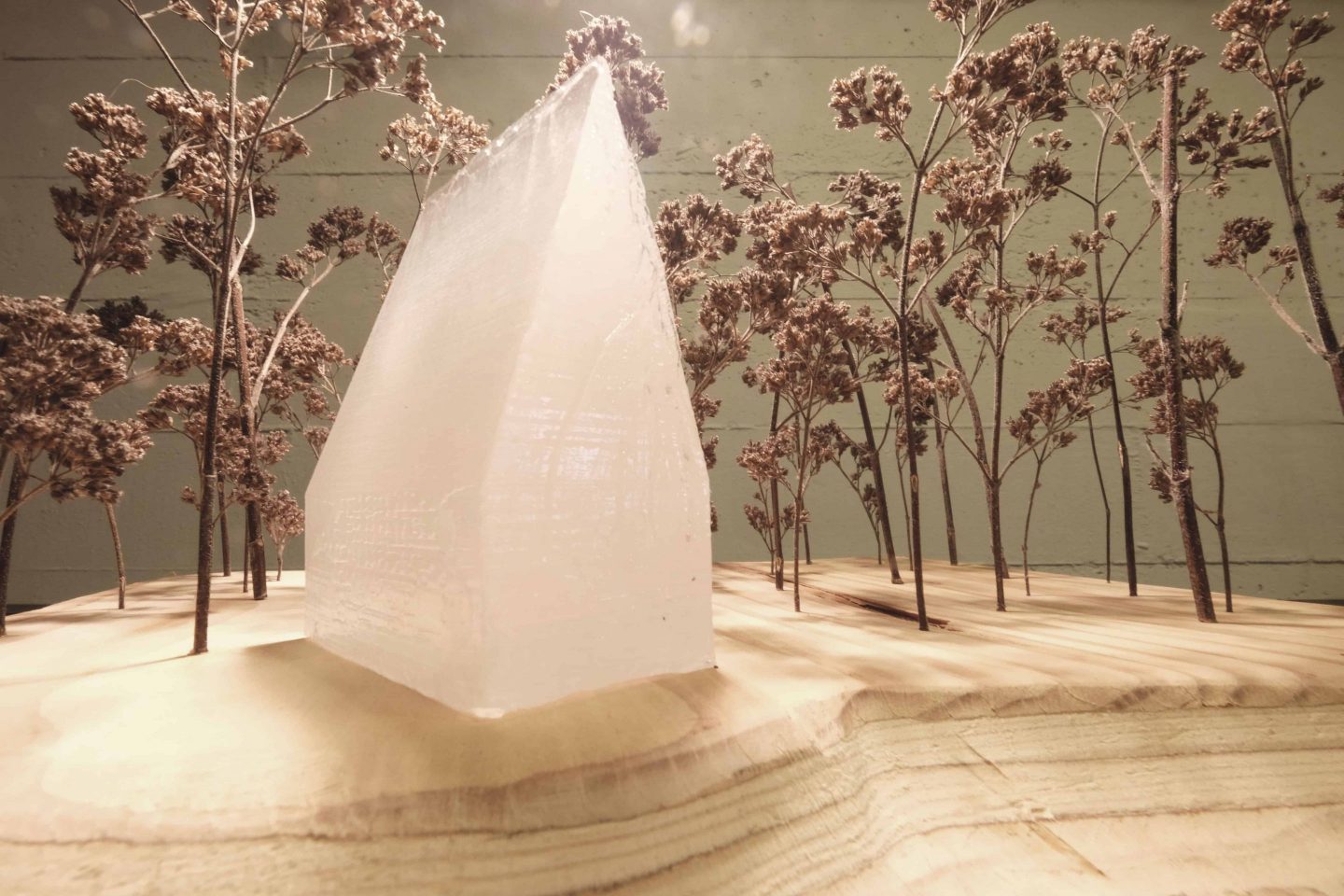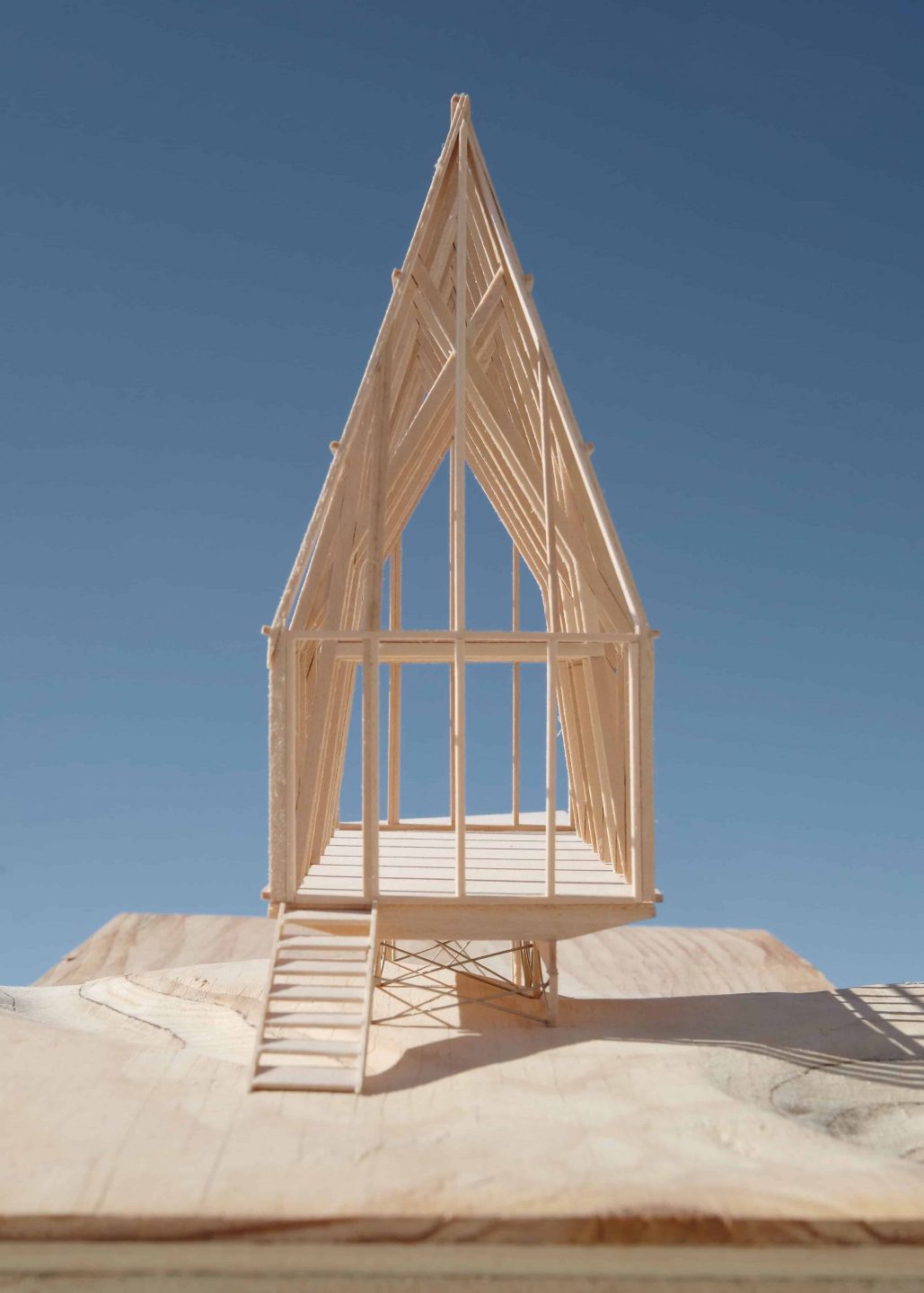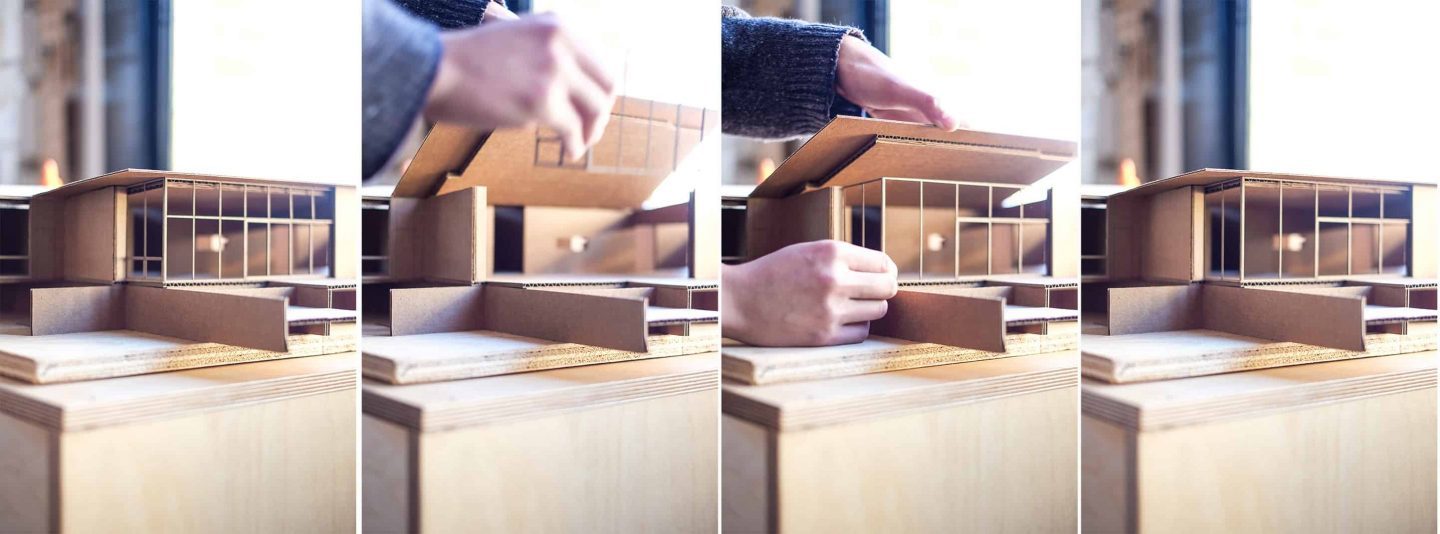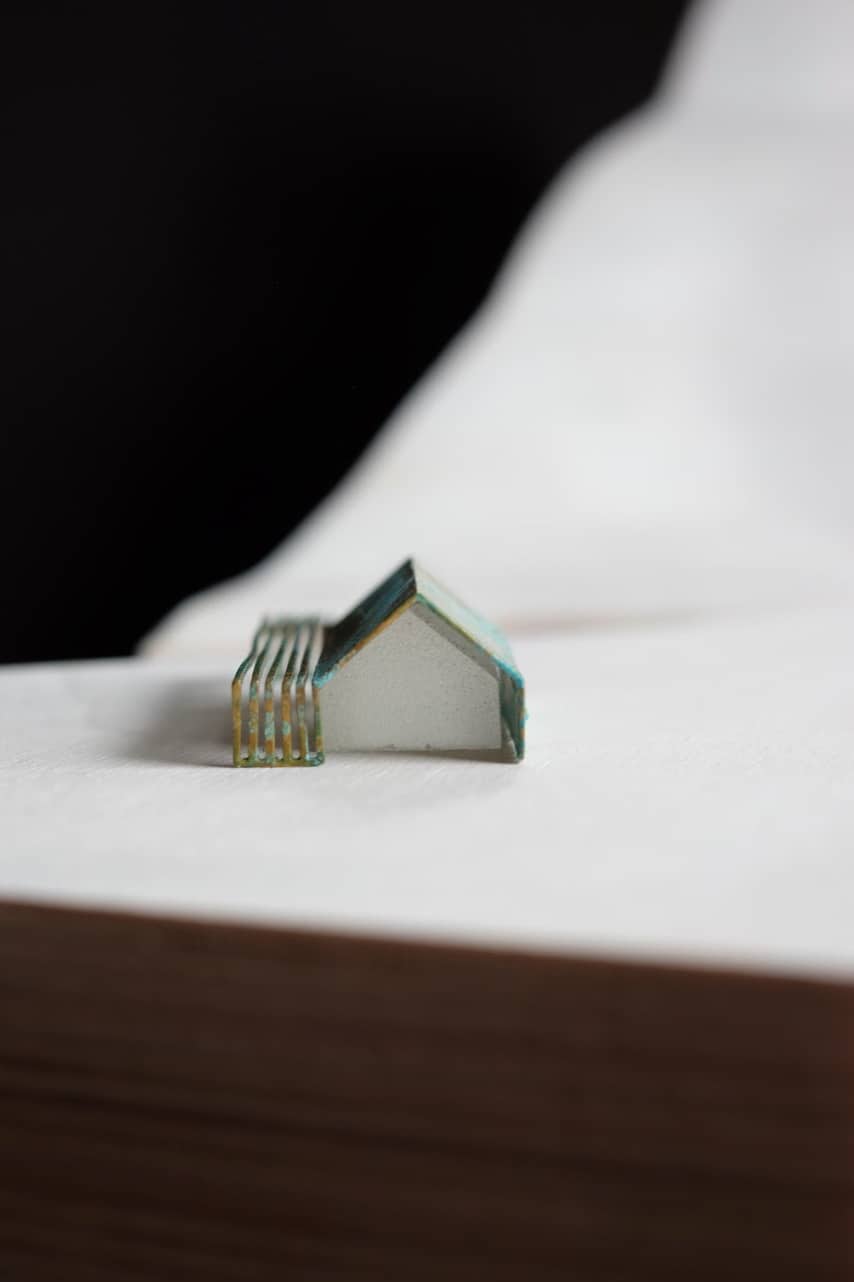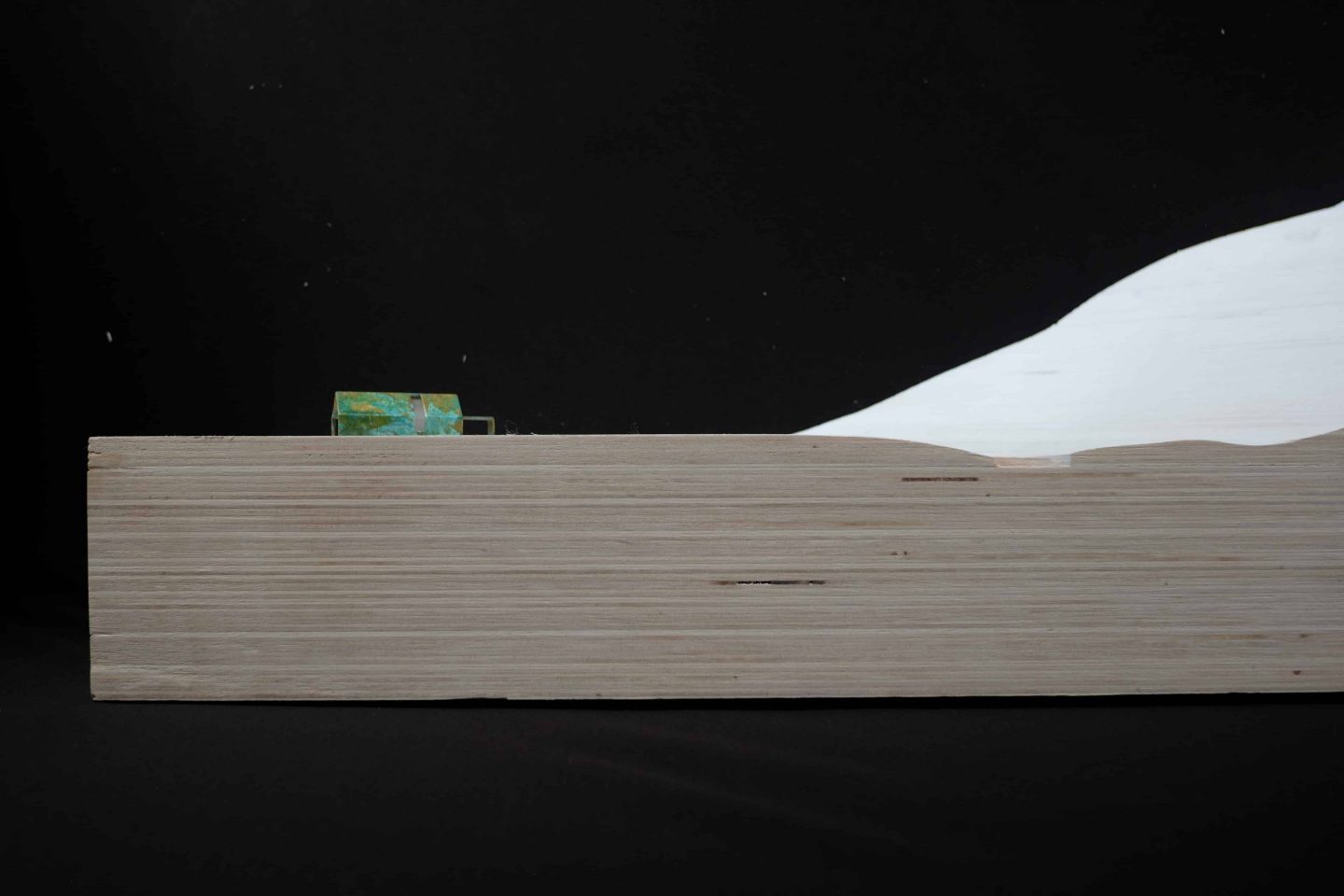Architectural Models: Lively and Significant
At Signal, we believe that there is distinct project research in creating architectural models as part of our practice. A precise replica of a project has a place in a project, and it can also provide an artful interpretation of the grounding principles of the project that can refine and test the larger thesis of the form. Models, for us, have three phases:
Before
If an architects’ work is imagining-in-space, then perhaps there is no better way to convey an imagined, layered idea to a client than to actually put it in space. Showing how the design interacts. How it feels, and looks–turned over, from above, at an angle. The point is to convey the tactile, to engage with the project in ways that invoke an immediate understanding of scope, shape, and place. Crossing disciplines of engineering, structure, architecture, and landscape, the model is a language we all speak. This connects to fundraising models–having an important role to play in projects, fundraising models provide a common image for advocates, stakeholders, donors, and communities long before construction starts.
During
Process models can be the heart of research on a project, similar to a sketch. Meant to study scale, mass, form, and void, the materials at this stage can be foam, cardboard, paper, clay, plaster, or scraps in the shop. The goal at this time is to simply study iterations of the design without restriction. We work at multiple scales, where buildings appear to be the size of jewelry to bulky forms that represent one piece of a structure or how light enters a space. Models at this stage test scale in a way that digital models cannot. Beginning to imagine oneself inside a tactile, crafted thing is hard to replicate, let alone replace.
After
Once a structure is complete and can be moved within and around, a scaled replica becomes superfluous. However, an architectural model that searches the border between design concept, visual representation and art piece can become a memento to the journey, the work and the completion of the project. A reminder of where the idea started, a model-piece can become a way to engage with the project in a renewed, playful, and adoring way–for the architect, and especially for the client.
The models discussed here serve the design process, allowing the team to explore and communicate ideas within the realm of research and testing.
Amber Cabins: Before design takes shape
The vision for this project was a luminous beacon on a beach–to be carried, piece by piece, by hand, to its destination. The Amber Cabins were designed as a refuge for hikers on the E9 trail along the Baltic Sea coast of Latvia, and the models served as the tool to analyse what a luminous beacon could look like, while mapping the overlapping characteristic of scaled conventional lumber in an elegant structure. The result of both studies are evocative– illustrating the lightness and luminance of the project, while conveying the temporary identity of a hiker’s journey on a long trail.
North Bend Residence: During the design process
The vision for this home was a forest pavilion, and the model allowed us to study the way interiors meet exterior covered space, how the walls meet the ground, and the scope and scale of window openings and the mullions that separate them. Studying the scale of the residence in model form allowed us to test details such as window and wall systems, roof profiles, overhang depths, and relationships of the building mass to one another. Important outcomes from the research-phase of this project test larger questions that examine approach, retreat, enclosure, mass, and void at multiple scales, simultaneously.
Cottonwood Canyon Experience Center: After construction
Created from metal manipulated with vinegar, the Cottonwood model is as simple and rugged as the land it stands on. The Experience Center was built amidst an underexplored Canyon in rural Oregon, as a gathering space for learning, celebrating, and meeting. The model echoes the Canyon’s rich history, it’s inhabitants as resilient as the grasses and the wind, yet as whimsical and bright as the John Day River that cuts through the Center’s parcel. The metal model is heavy, emanating a permanence, and edged and unfinished, like the native species of Juniper the structure is wrapped in.
